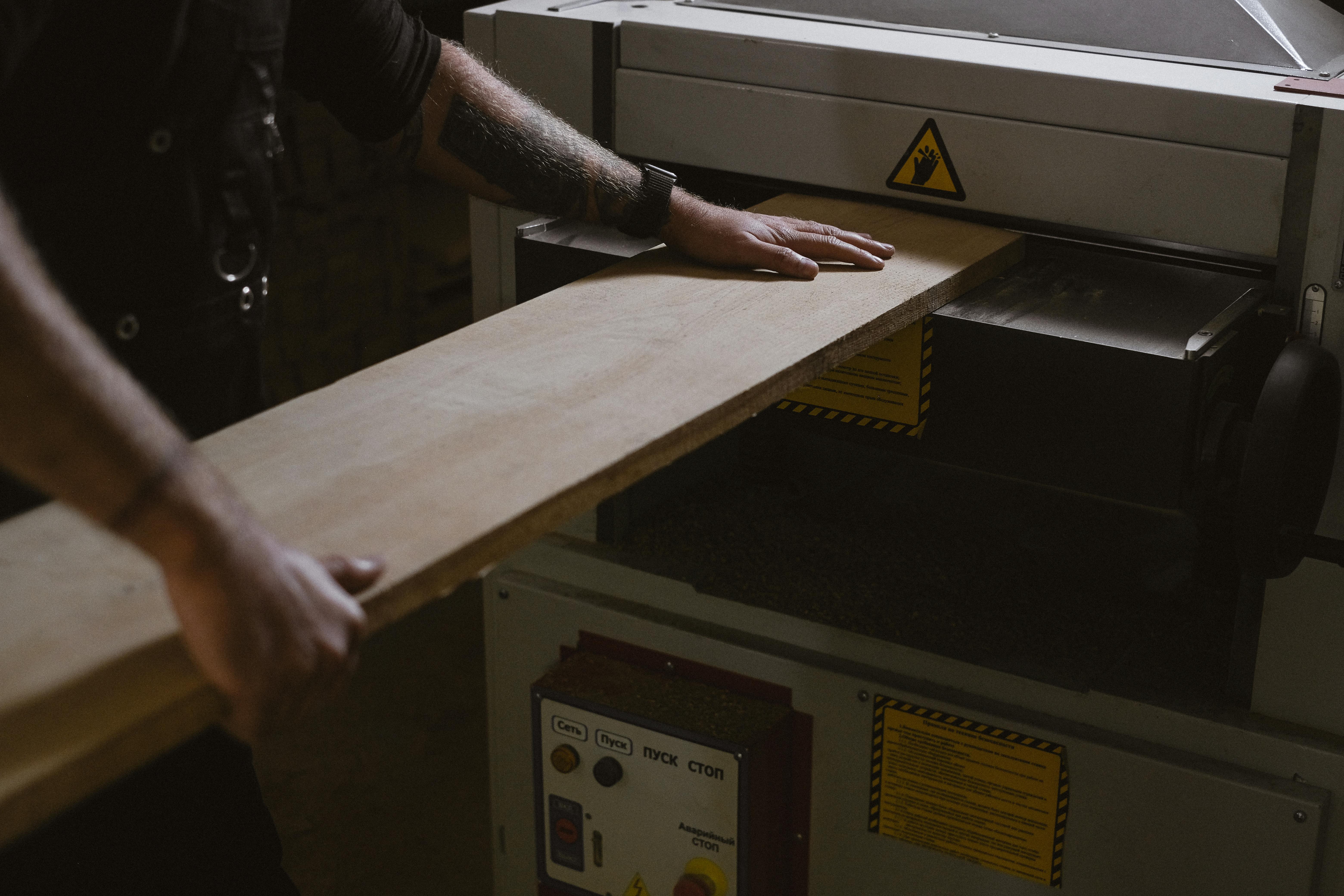San Juan Puerto Rico
San Juan is the capital of Puerto Rico, a popular tourist destination island in the Caribbean. The city of San Juan was founded in 1521 and is known as La Ciudad Amurallada, that is, the walled city. San Juan is the largest natural harbor in the Caribbean and the second oldest city in the Americas. The city is a major port and tourist center and the oldest city under the United States flag.
The Spanish made San Juan the central point for trade during the 16th century and fortified the entire city, now known as Old San Juan. The city has now expanded beyond its walled limits and incorporates the suburbs of Miramar, Santurce, Condado, Hato Rey and Río Piedras. Today, San Juan is the largest petroleum processing center, and is known for sugar refining, manufacturing, and distillation. Cement, pharmaceutical and tobacco industries have been installed, making it one of the busiest ports in the Caribbean and the second largest seaport in the area, after New York City. San Juan is also the financial capital of Puerto Rico with many US banks and corporations having established offices there in recent times.
The city of Old San Juan was originally a military stronghold. It is now a charming residential and commercial district with streets paved with bluestone cobblestones. More than 400 carefully restored 16th-century Spanish colonial buildings line the city. Tourists seeking an experience of old world charm flock to the city every year.
Plaza de San José is lined with a number of historic buildings and is a favorite meeting place for many residents and tourists. The bronze statue of Ponce de León stands in the center of the plaza.
The Parque de las Palomas or Pigeon Park offers an impressive view of the port and the mountains of the city. The park overlooks the restored La Princesa jail, now an art gallery.
Begun in 1540, the Castillo de San Felipe del Morro is a six-tier fortress that was finally completed in 1589. The fortress is a labyrinth of tunnels, dungeons, barracks, and ramps. Its 18-foot-thick wall rises 140 feet above sea level; it provided a formidable defense against attack in the 16th century. The fort is dotted with small circular sentry boxes called ‘Garitas’, now a national symbol.
The Capilla del Cristo or Capilla del Cristo was built in 1753. Through the glass doors of the church you can see the altar and beautiful Campeche paintings inside.
For those who really want to experience the charm of San Juan, there is nothing like a fun walk through the narrow and steep streets of the city. San Juan is a picturesque city that combines historic charm with modern vision and comfort.


